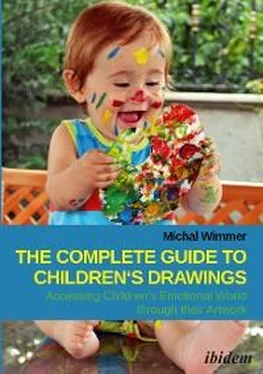4.Accepting the phenomenon as natural – Many parents fear any manifestation of aggressive behavior because they think it’s the tip of the iceberg and that they will soon find out something terrible about their child. Despite your need to be politically correct and maintain a pleasant social atmosphere, you must not forget that aggression is a natural instinct. I recommend teaching your child how to behave and how to control his aggression, keeping in mind that it is a natural part of all of us. This point of view facilitates family dialog as it mitigates the fears related to the phenomenon.
5.Exploring the reasons for the tantrums through drawings – Among other causes, temper tantrums may be precipitated by
a.Regressed emotional development – In this case, the child did not have temper tantrums until a certain point in time, from which a regression was identified. In general, such behavior indicates stress – the child is stressed and angry outbursts offer the only outlet. Thus, a temper tantrum may also serve a positive emotional purpose for the child (albeit being unpleasant for his environment). In drawings, you will see regression in drawing stages, parallel to the behavioral regression. In this particular case, this possibility was rejected because the girl’s drawings were advanced for her age.
b.Temperament types – Parents with several children will be able to confirm that children have different temperaments since birth. A temperament usually does not change and characterizes a child’s behavior throughout his life. Temper tantrums will be more frequent in impulsive children with a “warm temper”. In such cases, a child’s outburst is not a sign of stress, but part of a natural expression style. However, this drawing was not made in an impulsive style – she filled the page areas meticulously, drawing slowly and patiently and attending to the smallest details.
c.Stressors – Based on Freud’s theory, we assume that a child’s behavior has a reason and that he benefits from his behavior, in this case, temper tantrums. Adler argued that each outburst has a purpose. This could be trying to get attention. The solution will then be to prevent the secondary gain involved. I prefer to focus on the cause for the temper tantrums more than on their purpose. In this case, you can clearly see that the reason for the girl’s behavior is her stress. The figure’s hair is drawn with a rigid line and dense coloring, which overloads the figure. This overload symbolizes the child’s emotional burden, caused by her expectations from herself or others’ expectations of her. Whatever the exact cause, it is clearly out there and indicates a real-life difficulty. Once she became less stressful and her parents learned to disregard her negative behavior, her temper tantrums simply disappeared.
To conclude, temper tantrums are a way of expressing anger and usually occur when a child experiences frustration and difficulty finding a better way to cope with his reality. Note that anger and aggression are natural and convey this belief to the child, in addition to having a dialog from which he may learn about other ways of coping with aggression.
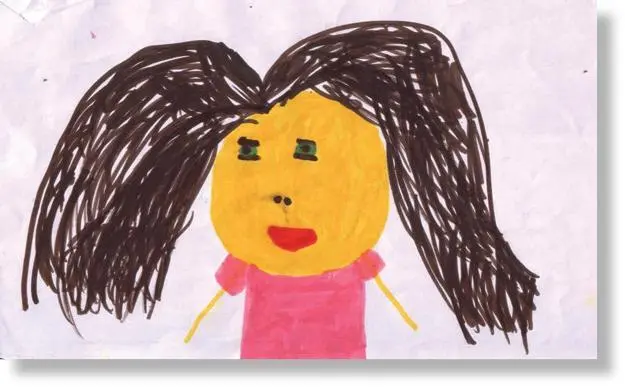
Figure 3-4:Following therapy: emotional relief as indicated by the more spacious hair
A child should understand that socially, there are more effective ways for him to cope with failure or frustration. When parents have difficulty coping with temper tantrums themselves, and these become a recurring pattern, they should consult a therapist or parental guidance expert.
Stubbornness and Power Struggles
The generic term power struggles will be used here to refer to struggles that parents have with their children. Unlike temper tantrums, power struggles might be prolonged and accompany almost every interaction. Power struggles may extend from the age of 1½ years to late adolescence. Often, but not always, power struggles involve temper tantrums.
Children who have adopted a power struggle attitude will be ready to fight over anything as if it were a matter of life and death – they will scream, become stubborn and act aggressively. In other cases they will lie or behave in a domineering way towards their family members (Madigan, 2003).
Parents living in such an atmosphere are exhausted and usually state that “there are shouts, threats and punishments all day long. Without them, nothing works”. When parents reach the point of joining in a power struggle, they will tend not to give up on their principles, even if leads to “a severe clash with my child, until he understands who’s the boss”.

Figure 3-5:Power struggles indicated by dense painting with intense pressure
The children’s drawings and the children themselves, in this case, react to this harsh treatment. In the drawings, this may be indicated by intense pressure on the drawing tool and the use of multiple and dense paint layers, to the point of tearing the page.
Eventually, despite their militant statements, many parents feel defeated and frustrated. They will often admit that “this is not how I planned on raising my child…” Their child usually shares this exact feeling, although his feelings are not as clear to outsiders.
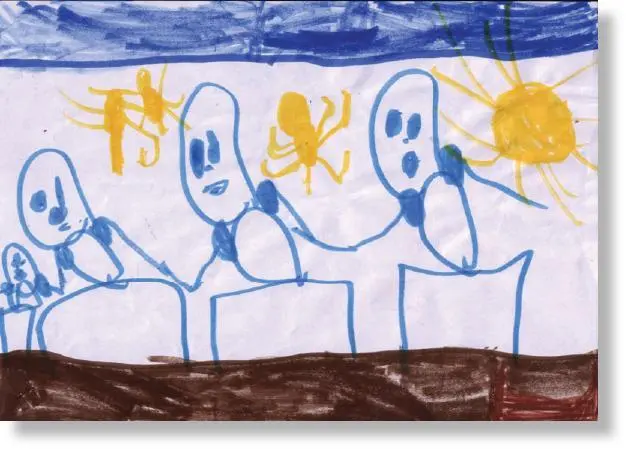
Figure 3-6:Emphasized shoulders and exaggerated height as a way of indicating desired status in the context of power struggles within the family
He also feels humiliated and beaten, resulting in continued efforts to fight for his place and status at home. His drawings, such as that presented in figure 3-6, often include figures whose legs look like pedestals the figures are mounted on, in a compensatory attempt at enhancing his status and influence at home and stressing the shoulders by drawing with intense pressure, as the emotional meaning of this bodily part is associated with status within the family.
The 4 year-old boy who made the following drawings is charming and lovable. Eight months after his young brother was born he started his power struggles with his parents and never stopped since. He responds to almost every request with “I don’t feel like it”, even if they offer him something enjoyable in return. In other words, almost every interaction with him leads to a fight.
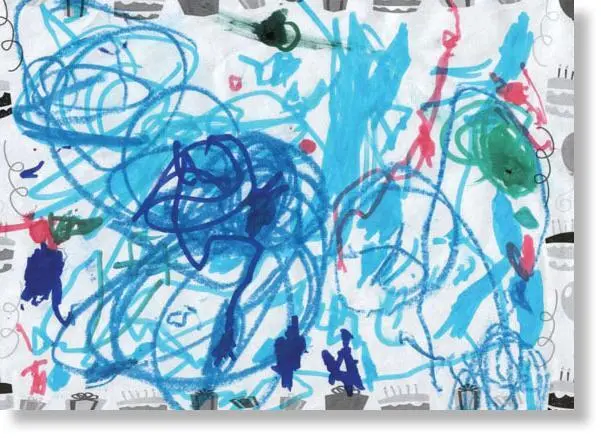
Figure 3-7:Spreading over the entire page and circular coloring
His rapid and circular drawing style represents his energy and activeness. The broad deployment of elements on the page represents his tendency to be dominant in social interactions. He knows how to find ways to receive constant quality attention from his family members. Moreover, you may conclude from the gaps in his scribbles that he is outgoing, with a developed sense of humor, which enables him to get applauses and remain at the center of attention.
However, his drawings are below average compared to his age. Such regression, as expressed in the following example, represents his behavior, turning every interaction into a fight. According to his drawings, he experiences his social environment as a battlefield, where one wins or loses.
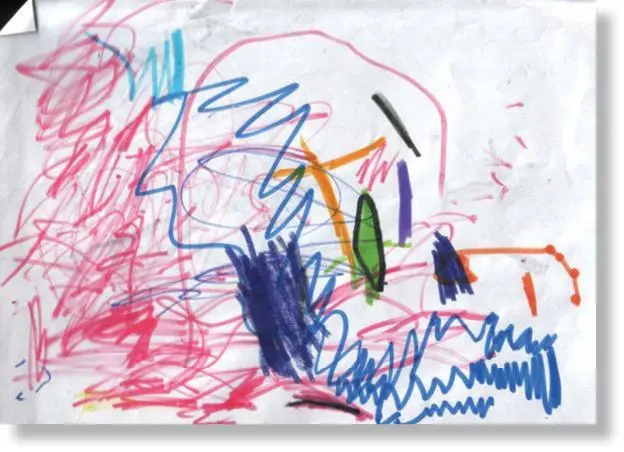
Figure 3-8:Regression in drawing level indicating prolonged power struggles
Читать дальше
